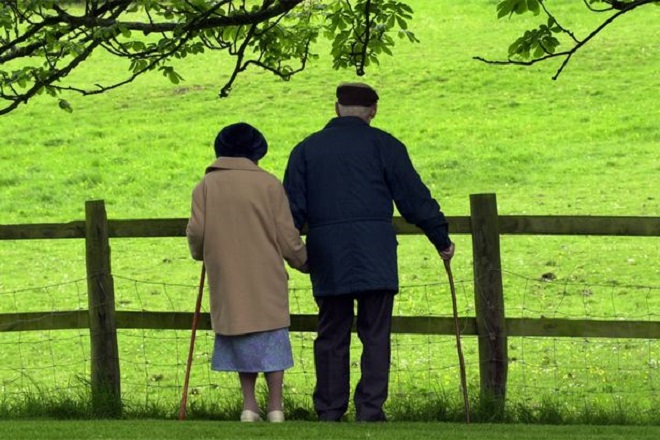buy furosemide online https://sombiotech.com/wp-content/uploads/2021/07/png/furosemide.html
Over half of older persons are employed as skilled agricultural/ forestry and fishery workers (31.
buy metformin online https://sombiotech.com/wp-content/uploads/2021/07/png/metformin.html
4 percent), and elementary occupation (23.1 percent). More than one thirds of employed older females were engaged in elementary occupations while over one thirds of employed males engaged in skilled agricultural, forestry and fishery related employments. The report also says policies need to focus on addressing the needs of older people and resource allocation, planning and developing physical and social infrastructure at provincial and district levels. The older population in Sri Lanka is unevenly distributed among the nine provinces and twenty- five districts of Sri Lanka and approximately one in every three older persons in Sri Lanka or 31 percent of older persons resides in the Western Province.
buy acyclovir online https://sombiotech.com/wp-content/uploads/2021/07/png/acyclovir.html
The second and third highest proportions of older persons live in the Central (3.8 percent) and Southern Provinces (13.1 percent) while the North Central, Northern, and Eastern provinces have reported about 5 percent each. Recomendations The following recommendations can be made with the hope that they are implemented in a timely manner, the report said. 1 Conduct public awareness programmes and inter-generational dialogue on demographic shift and consequences of population ageing in Sri Lanka to educate the general public and find applicable solutions. 2 Design and develop alternative care arrangements for socially isolated, economically disadvantaged, and widowed older men and women in Sri Lanka based on existing community development institutions while also strengthening other government and non-governmental administrative structures, and mechanisms including voluntary services and outreach programmes. 3 Strengthen the existing data collecting systems at Grama Niladhari level (lowest administrative level) and other levels (provincial and district levels) to collect more accurate data on older persons’ needs with better coverage for effective planning, decision making and programmes interventions for older persons in Sri Lanka. Such systems are also important to recognize needs and ensure better access to economic security, welfare and other services for older persons especially the vulnerable older persons. Population ageing in Sri Lanka is accelerating at a faster rate than other South Asian countries and has been increasing rapidly since 1980s. Between 1981 and 2012, the proportion of population aged 60 years and above, has increased from 6.6 percent to 12.4 percent. The median age of the Sri Lankan population has also increased from 21.4 years to 31.0 years for the 1981-2012 periods, which is much higher than other countries in the South Asian region.

